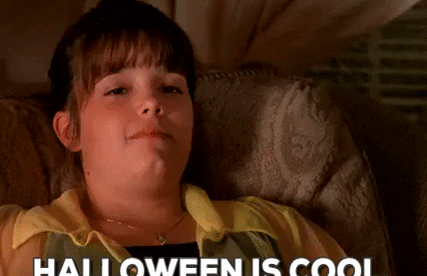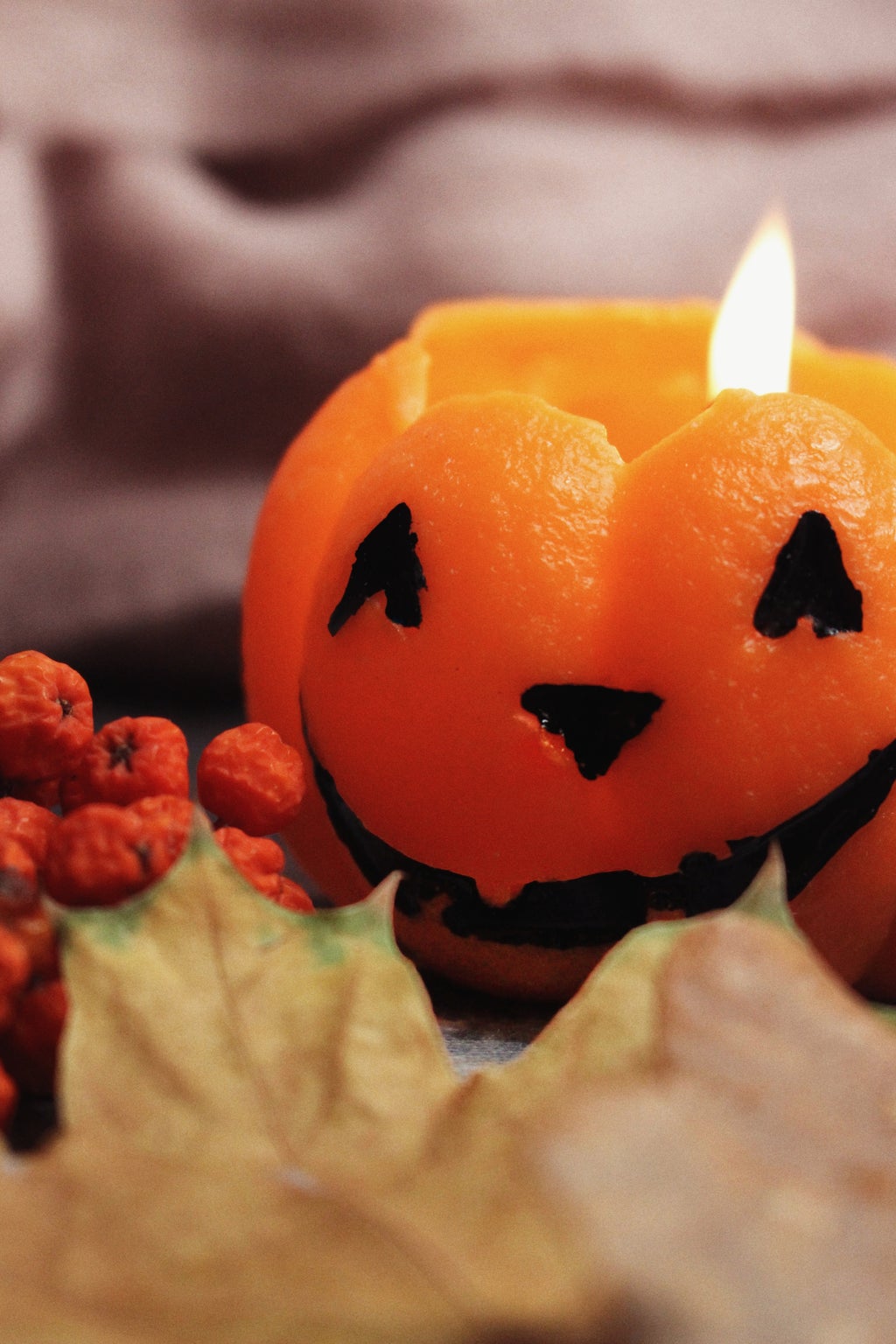Whether you’re a child, a teenager, a college student, or even an adult: celebrating Halloween is a time old tradition many enjoy! With costumes, candy, treats, and drinks, Halloween is fun for people of all ages!
That being said, Halloween is a relatively new concept as it is known today. Originally, it is based on the Celtic festival Samhain (pronounced “sow-wen”), which celebrated the end of Summer and harvest, and the beginning of Winter, which is linked to death— it was also the last day of their year, as the Celts celebrated their new year on November 1st. So technically speaking, Halloween has been around for over two thousand years, with today’s celebration and understanding of the holiday taking shape around the colonial era of the United States.
Here are some beloved traditions associated with Halloween and where they originate from.
Wearing Costumes
The Celts believed that the veil separating the dead from the living was thinnest on the night of October 31st, making it so that ghosts were able to walk amongst the living. In an effort to protect themselves from the evil spirits, they donned costumes to ward them off, while still being able to welcome the spirits of their ancestors. Celtic priests, called Druids, would also light bonfires to commemorate the event, and predictions of the future were made as a way to keep hope during cold winter nights.
So, while we like to think the purpose of costumes has always been to be somebody else for a night, it was actually about warding evil off.
Pumpkin Carving
According to Heather Thomas, the tradition of carving pumpkins originated in Ireland, though not with pumpkins, but rather with turnips. It all traces back to a legend about a man named “Stingy Jack”, who kept trapping the Devil and only would release him on the assurance that Jack never go to hell. However, when he died, Jack was forced to wander the earth as a ghost because heaven did not want him. The Devil gave Jack a lump of coal in a carved turnip to light his way. The locals eventually carved scary faces on pumpkins to scare evil spirits away. It is also safe to say “Stingy Jack” is the inspiration behind the term “Jack-o’-Lantern.”
Black and Orange
These two colors are the main colors associated with Halloween and can also be traced back to Samhain. Black represents death and orange the harvest.
Bobbing for Apples
When the Roman Empire conquered the Celts, they combined two of their festivals that coincided with Samhain with the Celtic festival. One of the Roman festivals commemorated the dead, and the other honored the Roman goddess of fruit and trees, Pomona. Her symbol was the apple, thus explaining why it’s apples we bob for during this time.
Black Cat
Black cats have long been associated with witches, often as their “familiars” (companions). This dates back to the Middle Ages when it was believed that the black cat was a symbol of the Devil. To add fuel to the flames, in later centuries, those accused of witchcraft would often have cats, particularly black ones. There was also the belief that witches turned themselves into black cats to avoid burning at the stake.
Trick-or-Treating
There are quite a few theories behind the origins of trick-or-treating, one of which says this tradition is derived from Samhain when the Celts left food out as an offering for the spirits roaming the Earth that night. Later, people dressed as “ghosts” to also receive these offerings.
Another theory says that candy-giving originates from the Scottish practice of “guising.” Guising during the Middle Ages was when poor people and children were given food and drink in exchange for prayers to be given during “All Souls’ Day,” which is November 2nd. But, when the time for prayers came, Guisers did not pray but instead partook in singing, jokes, “tricks,” and other non-religious interactions with the dead.
The third theory says trick-or-treating is derived from the German-American Christmas tradition “belsnickeling”. With this tradition, children in costumes would go to their neighbors and see if they could figure out what they had dressed as. Some sources say if the neighbors were unable to guess the child’s costume, they would give out treats.
Regardless of the differing views, I think it’s safe to say trick-or-treating is rooted in European traditions.
Bonus: Matchmaking and Relationships
Though probably not as common as back then, there were many different rituals young women would participate in, in order to find out who they might marry, that have connections to Halloween.
One such ritual involved throwing the peel of an apple over the shoulder in the hope that it would reveal their future husband’s initials. An Irish tradition invited “matchmaking cooks” to hide a ring in mashed potatoes on Halloween night so that the person eating would find true love. A Scottish tradition involved fortunetellers instructing women to name a hazelnut for each of their suitors and throwing them into the fireplace. The nut that burned to ash, instead of popping, represented their future husband. Though, in other versions, the nut that burned symbolized a love that would not last.
Halloween, much like the United States, is a melting pot of cultures and traditions. It borrows from many cultures, traditions, countries, and peoples—though, perhaps mainly from the Celts.
This holiday has many fun rituals that have since evolved to better fit with the times (frat parties anyone?), but at its root, it maintains its original purpose, regardless of what you’re celebrating, be that Samhain or All Souls’ Day.


